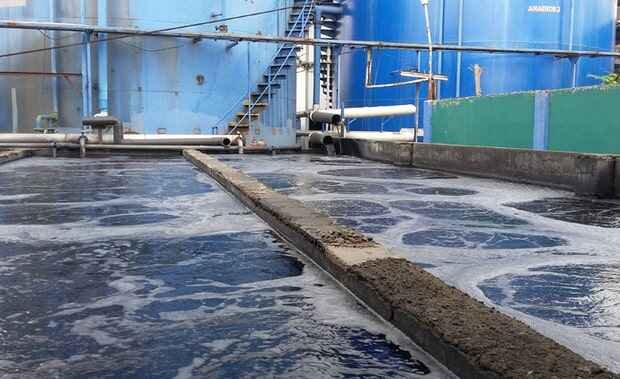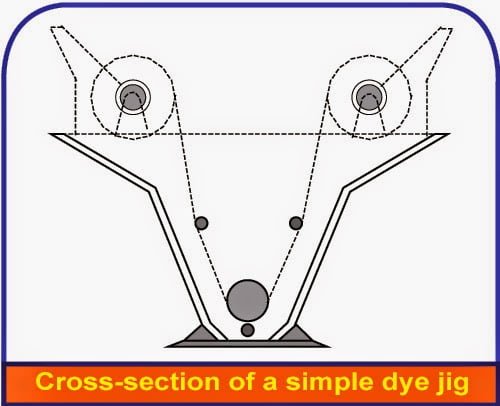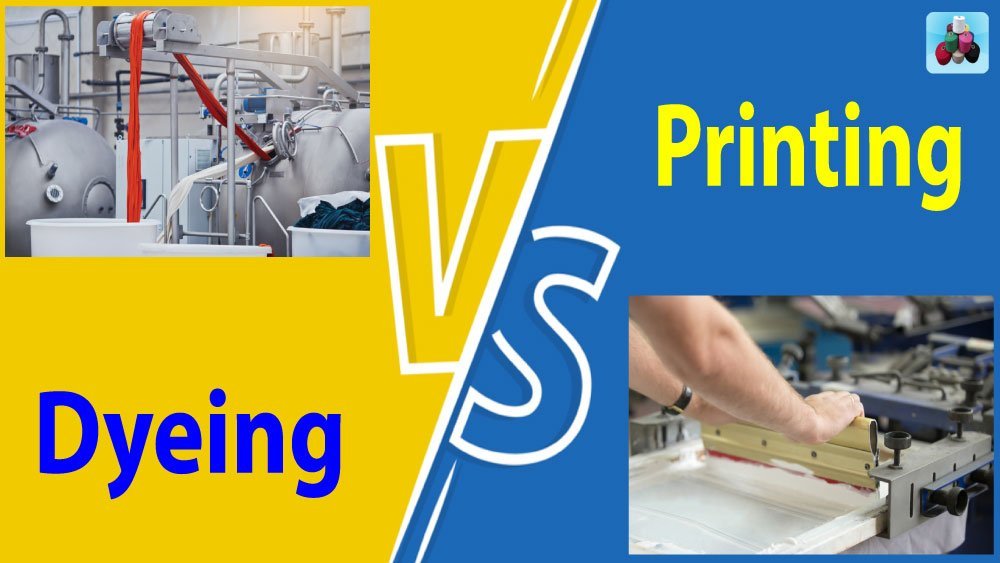Chemical Treatment During Dyeing Best Practices
Dyeing materials with brilliant colors and durability requires chemical treatment. Chemical selection and application affect product quality. Dyeing wastewater must be managed to reduce environmental impact. By dewatering sludge and assisting R&D, advanced filtration devices like the mobile filter press and lab filter press help optimize wastewater treatment. Chamber Filter Press and Membrane Filter Press are excellent for large-scale operations. Stainless steel filter press and plate and frame filter press are for smaller units or high-hygiene sectors. These methods promote sustainability and improve dyeing chemical treatment efficiency.

Common Dyeing Chemicals
Chemical treatment during dyeing uses several chemicals to achieve cloth colors and quality. Dye, mordant, and fixatives are utilized for brilliant. Acid dyes operate on protein-based materials like wool and silk, while reactive colors link chemically with fibers. Auxiliaries like leveling and dispersing chemicals help dyes spread uniformly across fabric.
The interaction between these substances and fabrics depends on temperature, pH, and fiber type. Alkaline settings improve reactive dye absorption, while acidic situations favor acid dyes. Pre-treatment chemicals like scouring agents eliminate fabric contaminants. Softeners increase the feel and texture of dyed fabric.
These compounds improve fabric quality and wastewater composition. Dye residues and chemical byproducts in effluents must be treated to reduce environmental damage. The mobile filter press and lab filter press help dewater sludge and optimize dyeing chemical treatment.
Dyeing Chemical Treatment Best Practices
Precision is needed to optimize dyeing chemical treatment for efficiency and quality. Dyeing units must determine chemical amounts and cloth type before dyeing. Scouring and bleaching prepare fabric for equal dye absorption. Maintaining the right temperature and pH during dyeing helps chemicals interact with fabric. Post-treatment washing and neutralizing remove chemicals and stabilize dye.
Chemical treatment safety is necessary for workers and the environment. Workers should use gloves and masks to avoid exposure to dangerous substances. To prevent chemical fume inhalation. Staff should also receive chemical handling and spill response training.
Efficiency in wastewater management improves safety and sustainability. Mobile filter press and lab filter press dewater sludge and optimize chemical treatment during dyeing. Large-scale operations benefit from chamber and membrane filter presses for solid-liquid separation and water recovery. Dyeing units can reduce environmental and health concerns while producing high-quality products by following these best practices.
Filtration Systems in Dyeing Wastewater Treatment
Dyes wastewater treatment relies on filtration technologies for efficiency and sustainability. For on-site wastewater treatment in dyeing operations, the mobile filter press is a portable option. Ideal for temporary or small-scale operations, it dewaters dyeing effluent sludge. Lab filter press aids dyeing effluent filtering and chemical treatment during dyeing optimization through small-scale testing and R&D.
Large-scale dyeing processes use chamber filter presses to efficiently separate particles and liquids. An innovative membrane filter press recovers water efficiently and reduces sludge moisture. Water recycling and zero-liquid discharge dyeing equipment benefit from this system. A conventional technology that is effective for smaller dyeing units or as a secondary filtration step is the plate and frame filter press.
Stainless steel filter presses can handle chemical-heavy effluents due to corrosion resistance. It benefits hygiene-intensive businesses including food-grade and medical textile dyeing. Sludge filter press dewaters sludge to reduce volume and disposal expenses. Filter plates, important to all filter presses, catch dye leftovers and sludge during filtration. These dyeing unit wastewater management systems work together.
Dyeing Fabric Using Chemicals Improves Quality
Dyeing with chemicals improves cloth texture, durability, and color brightness. Scouring and bleaching remove contaminants from fabric. Fixatives and mordants help dyes connect with fabrics for bright. After dyeing, softeners and finishing agents smooth and relax the fabric.
Chemical-fiber interactions determine fabric durability. Reactive colors link with cellulose fibers covalently. With protein-based textiles like wool and silk, acid dyes improve strength and flexibility. Controlled leveling agents prevent uneven dye distribution.
Chemical treatment during dyeing stabilizes dye molecules in fibers. Fixatives prevent color bleeding, whereas pH regulators maximize dye absorption. Advanced filtration equipment like lab filter presses aid chemical treatment process R&D. These methods ensure that chemical dyeing improves fabric quality and meets industry performance and aesthetic criteria.
Chemical Treatment Improves Color Fastness While Dyeing
Chemical treatment during dyeing improves color fastness. Fixatives help dye molecules stick to cloth fibers. Mordants also improve dye-fiber chemical interaction. These methods keep materials looking good after continuous use.
To improve absorption, pH regulators enhance the dyeing environment. Alkaline circumstances tend to improve reactive dyes, while acidic conditions favor acid dyes. Leveling chemicals also avoid streaks and uneven tones by uniformly distributing dyes throughout fabric. These techniques preserve color and give a professional finish.
Advanced filtration devices. The membrane filter press recovers water. The mobile filter press is suited for small-scale companies because it treats wastewater on-site. Dyeing units can meet environmental and operational criteria while improving color fastness by incorporating these systems and processes.
Chemical Treatment’s Environmental Impact While Dyeing
Dyeing effluents contain toxic chemicals and residues. Dye, salt, and heavy metals in effluents can contaminate water sources if not properly treated. Dyeing facilities must use modern solutions since wastewater’s high chemical load makes treatment challenging.
To reduce the environmental impact of dyeing chemicals, sustainable techniques are necessary. Zero-liquid discharge (ZLD) technologies reduce wastewater discharge in dyeing machines. A membrane filter press improves ZLD by recovering water efficiently and lowering sludge moisture. For small-scale or temporary wastewater treatment, mobile filter press is a portable solution.
Advanced filtering systems efficiently manage dyeing effluents. In large-scale operations, chamber filter press separates particles from liquids, while sludge filter press dewaters sludge to reduce volume and disposal costs. Smaller units receive comprehensive secondary filtration with plate and frame filter press. All filter presses need a filter plate to catch solid particles like dye leftovers and clean effluent. These practices reduce the environmental impact of dyeing chemicals and promote sustainability.



